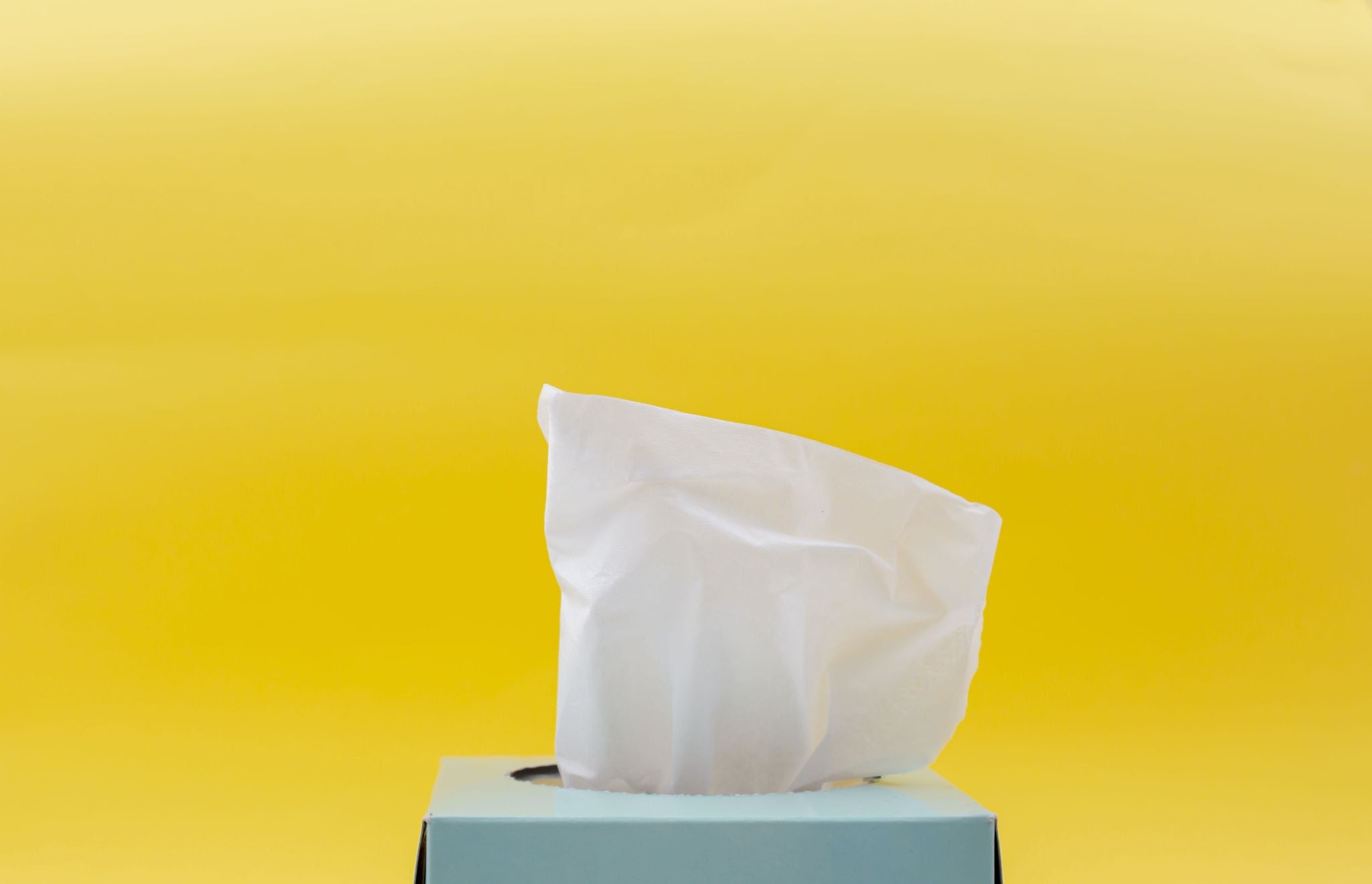
It’s that time again: the air conditioning or heater comes on, and you start sneezing like crazy. Could you be allergic to the air in your house? Possibly—an uncleaned HVAC system can be an unexpected factor in making people sick. Here’s what you need to know about it.
Dirty air vents can spread infectious diseases.
If you or your family are experiencing worse than usual symptoms—sore throats, coughing and sneezing, runny noses, and low grade fevers—you might have picked up an upper respiratory infection from infectious material in the ducts. If left unchecked, those infections can get worse, leading to bronchitis or pneumonia. Children, the elderly, and immunocompromised people are especially susceptible.
That’s not all—bacteria spread through vents can result in staph infections on the skin, while pollen and mites can contribute to long-running allergies.
What kind of contaminants occur in air ducts?
Some pretty nasty ones. Poorly ventilated homes can spread airborne diseases like the flu, measles, chickenpox, and—of course—COVID-19 throughout a building as particles hitch a ride through vents and ducts. That’s on top of volatile organic compounds, such as fumes from paints or refrigerants, which can also make people sick.
Low humidity is also a problem…
Low humidity environments tend to keep airborne particles aloft for longer—including viruses. They also dry out the mucus membranes the respiratory system depends on to protect us from infections, making catching a virus more likely. This is why people tend to catch cold from cool air—the temperature doesn’t help spread viruses, but the dry air does. (Space heaters can cause the same effect.)
But high humidity isn’t great either
Humid air can aid the growth of bacteria, mold and dust mites, which can make people miserable—or very sick. Not only can Airborne bacteria like legionella and staphylococcus be genuinely dangerous, but asthma patients can be rendered ill by mold spores. Dust mites—microscopic invertebrates that feed primarily on human skin flakes—can also breed inside humid air conditioners or ducts, provoking allergic reactions.
The EPA recommends 30-50% relative humidity as a sweet spot between these two extremes.
So how do I stop contaminants?
The most effective method is to make sure that contaminants don’t easily make it into homes in the first place, and thus don’t get circulated around through your HVAC system. It’s also important to make sure that your ducts and vents are regularly cleaned and maintained to stop the buildup of harmful contaminants. Commercial buildings and healthcare facilities should take special care to test and balance their HVAC systems to prevent the spread of disease.
To learn more about Life Balance’s revolutionary software that makes testing, balancing and reporting more effective, limiting airborne infection risk, visit our Software Page





